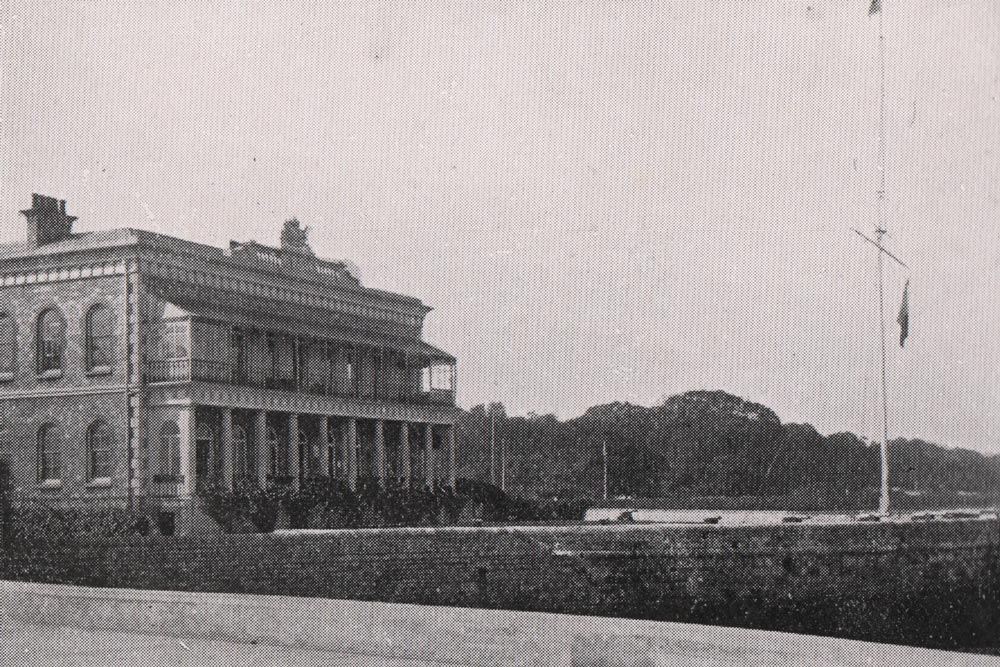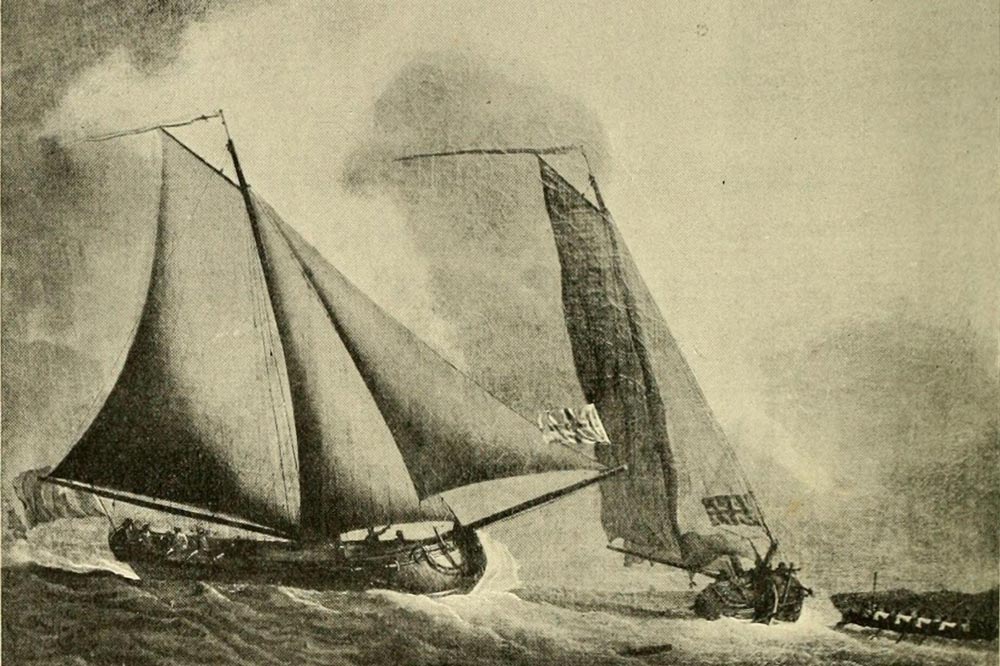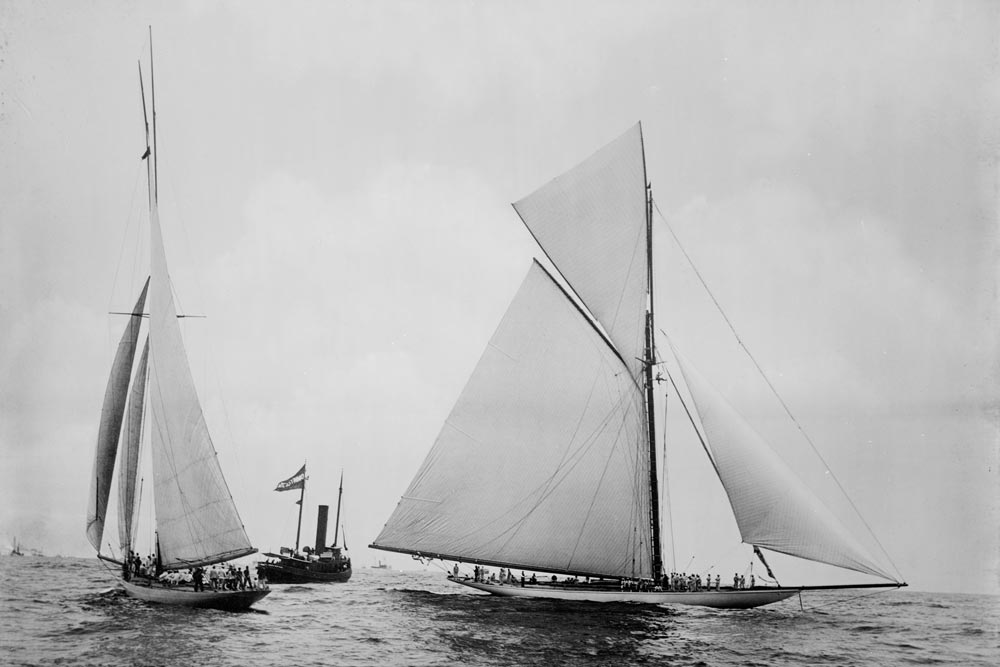1875 – 1900

A lot has changed in boating over the last 150 years. We begin our journey in 1875, when the dinghy scene had barely started, and bigger yachts were becoming subject to the local rules in force in their area.
Since Charles II, yachting had been very much a royal pursuit. When early yacht clubs were established, their devised rules limited membership to those with boats with a minimum size, with the bar set high; it was certainly a case of the ‘bigger the better’.

In 1829 the Royal Yacht Club (which later became the Squadron) was already separating boats into groups depending on their tonnage, with a variety of basic handicaps being employed. However, just a couple of miles east, the Royal Victoria Yacht Club - set up so that the Queen could be a member in her own right, as most other establishments were firmly ‘male only’ - was doing things very differently. Clearly there needed to be an umbrella organisation that would unify not only the rules covering handicaps but for behaviour afloat. After a few failed attempts over two decades, and the need for such an organisation growing with every new yacht built to exploit the current loosely defined rules, in 1875 another attempt was made, and this time the result was the formation of the YRA, the Yacht Racing Association.
The Association began with just over 120 members, each paying two guineas, £320 in today’s money. Yet even though the well-considered and supported initiative that underpinned the YRA was supported, the detractors were out in force, decrying the efforts to control what was seen as a free sport.
Such was the pace of change in yachting during these years that, in 1881, the Royal Thames Yacht Club and Royal Yacht Squadron became affiliated to the YRA, giving the Association an effective mandate to put the sport onto a sounder footing.

A unified set of rules was published, at a shilling (5p) a copy and were soon adopted for British waters. The YRA then revised the rating rules, determining how an individual yacht would be rated and thus handicapped. There was a feeling that the rules in place at the time had overly penalised beam, so the YRA introduced the so called ‘1730’ rule, only to find, as so many other rating authorities have found in the years following, that playing with ratings can result in unintended consequences. The 1730 Rule would help drive what became known as the ‘planks on edge’, with extreme boats being built that had an overall length of more than 40ft, but with a beam of under six feet: narrower than a Wayfarer dinghy today.
The YRA looked to Dixon Kemp, one of the leading yacht designers of the day, to devise a far more meaningful set of rating rules, as the excessively narrow boats being built at the time had little value away from the racecourse. Concern had been raised that the current situation was forcing the yachting scene into decline, so, in 1886 a new set of rating rules would be published that would help reset the whole design philosophy with far better and ‘owner friendly’ designs.

Another aspect of the YRA’s role was as a final arbiter of protests arising from boat-on-boat and rating related incidents. Their skills would be tested in 1895 when, during a race in the big boat Class on the Clyde, Lord Dunraven’s America’s Cup yacht Valkyrie was T-boned at the start by the American owned yacht, Satanita. Valkyrie was sunk and worse, a crew member died. Under the rules in place at the time, all Satanita’s owner was liable for was damages under the old ‘Board of Trade’ rule, which awarded Dunraven eight shillings (40p!) per rated ton. Dunraven sued for the whole value, with the case going from the YRA to the High Court, before ending up in the House of Lords, who confirmed that when an owner entered a race, he undertook a contractual obligation to make good any damage. Another foundation of the YRA’s rules had been confirmed, with the development of yacht insurance an inevitable result.
Away from the legal issues being decided in the courts, the Association had other contentious issues to address, with one hot topic being the management of the budding dinghy racing scene. The YRA’s members were in clear agreement; it represented yachts - the implication being that yachts equated to ‘gentlemen sailors’ and there was no place in the Association for small boats!
The century would draw to an end with yet more concerns. This time covering the arrival of lightweight racing yachts; many of these originating from German boatyards. The key issue was the growing importance of the YRA, as the new scantling rules it had introduced would not only apply in the UK but would be adopted internationally.
As the Victorian era ended, a yachting King was about to take the helm.
